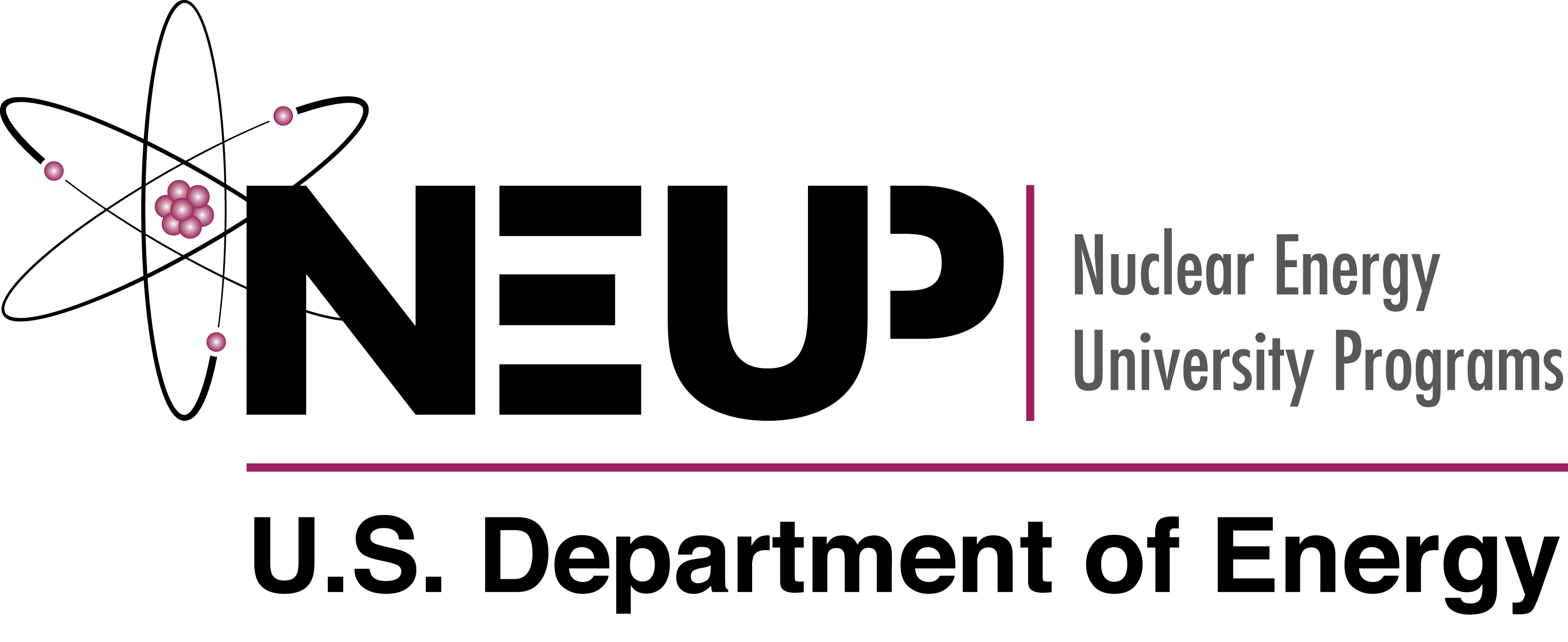Guide for Reviewing Pull Requests¶
Cyclus depends on a community of contributors. Bug fixes and new features (and archetypes!) are added by submitting a pull request on github. The new code is then reviewed by other Cyclus developers to confirm that the code meets all requirements for style and stability before being added to the code base. You do not need to be an expert Cyclus developer to contribute by reviewing pull requests! In fact, reviewing other people’s code is a great way to learn the code base! Below we offer a rough guide to how to review a pull request.
Maintaining a Collegial Atmosphere¶
A collegial (as opposed to an adversarial) atmosphere is critical to the success of an open-source software project. Imagine how it will feel for a new person to appear out of the blue wanting to contribute to Cyclus. Let’s not drive them away!
Contributing is ideally all rainbows and butterflies (only positive interactions)
Thank people for contributing
Timely feedback engenders enthusiasm and future contributions
There is no need for adversarial comments, even (especially) when there is disagreement
We never know who may be lurking and thinking about contributing in the future
To understand what makes good and bad communities, follow or contribute to other open-source projects
Should I Review This Pull Request (PR)?¶
Am I ready to do a review on my own?
It’s ok for multiple people to review PRs, so don’t feel like you can’t review if someone else already is
Take responsibility for your reviewing - do not expect that someone else will re-review YOUR review
If you are not 100% comfortable, then complete your review and say “I have completed my review and will merge this in 2 days if there are no further comments.” This gives more experienced reviewers the opportunity to look at it if they choose to
A good exercise for learning your way around the code base is to start from cyclus.cc and follow the trail of code execution as a simulation is initialized and executed - to get a rough sort of callgraph in your head
How do I feel about the purpose of this PR?
I like it/am interested: Do the review
Don’t care: Still do the review
I dislike it/disagree with it: Initiate a broader discussion about whether the PR is appropriate
Start Reviews by Looking for Hard Stops¶
Start a review with the obvious stuff, so that if there are major problems then the coder can fix them before you do the detailed review:
Does it pass continuous integration tests (CI)?
Does it build and pass tests on my machine? (ie. nosetests, cyclus_unit_tests)
Have new unit tests been added to confirm the functionality of the proposed change?
Does it adhere to the style guide?
Is there documentation explaining the new features? (Sometimes documentation will need to be added to both the code itself and the cyclus website, especially in the case of new tools for developers to use. Then you should expect to see two pull requests)
Can I understand what is being changed right away by looking at the documentation and the API, or from just the new tests?
Do I understand why this PR is being added?
Do not merge code you do not understand; instead, use the API to figure out what the code is doing
Never assume the person who opened the PR knew what they were doing
If you still can’t figure it out - put inline comment to ask why it is done this way
Fixing bugs should always take precedence over adding features
Feature PRs should have a much higher standard to be merged
Getting Into The Details¶
Does the general use case for this PR match its API and implementation?
Imagine there are two approaches to solving the problem: if option A was chosen, what was option B and why is A the preferred option. The chosen option should balance performance with the use-case most likely to come up
For example, bitwise operations are very confusing (but are very fast). If you don’t need it for performance, readability and clarity are more important
The majority of the Cyclus code base should be easier to read/maintain rather than faster in the absence of concrete need for speed
Is there sufficient test coverage (more than just “are there tests”)?
Start with tests - if there are insufficient tests then you should not do the code review until the tests are added
If there are enough tests then they can show the reviewer what the goal of the PR is
In most cases, every line of code should be tested (except for test code, which would be infinitely recursive), but not necessarily every code pathway (not every combination must be tested)
If there is a conditional code, there should be tests for both outcomes of the conditional
If there are very obscure corner-case tests that are missing, do not close the pull request
Is there a reasonable use case that would fail given this implementation?
Make sure you can’t think of a way to make the code fail. If you can, there needs to be a test for this, and there likely needs to be a code modification
This is most likely to occur in a PR with very few tests (writing the tests naturally help the coder to identify many of these cases)
Is the code implemented cleanly?
Are there “easy” optimizations (e.g. variable allocation outside of a well- used loop)?
Are the data structures you’re using the right ones? (ie. sets have unique elements while vectors have ordered elements)
For loops vs while loops
Premature optimization is not always good (you don’t know a priori where the sticking points will be, and optimization often reduces maintainability)
More Best Practices¶
Cover the full gamut of Software Carpentry best practices. And remember:
Is there sufficient documentation?
Style Guide adherence is not a personal critique. It is designed to keep code maintainable. Don’t be offended. Everyone hates something in the style guide, but a common standard is necessary
Google C++ style guide says Never Abbreviate. Cyclus has historical reasons for some abbreviations, but new abbreviations are strongly discouraged absent justification
Communally agreed upon departures from the existing style guide should be documented
Remember, if there is anything in the pull request that you don’t understand, don’t merge it! Educate yourself using the API docs, ask questions, or request an explanation from the coder.





